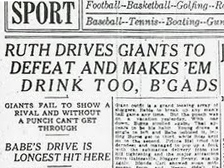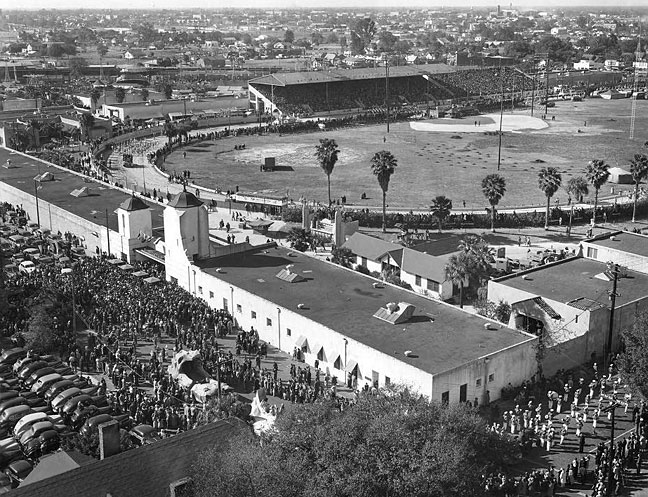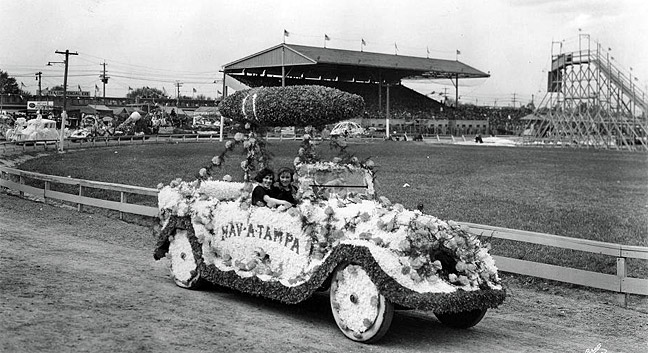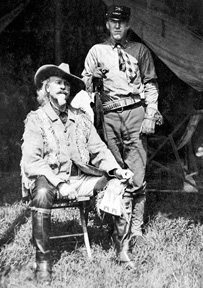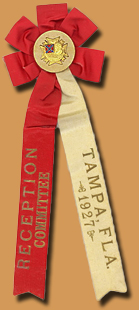|
Tampa's Original Field Of Dreams Most Tampa residents are familiar with the distinctive minarets of the University of Tampa, originally the Tampa Bay Hotel opened by Henry B. Plant in 1891. But they may not know that the railroad tycoon did much more than build a hotel. He also offered a variety of activities for his guests. Some took place on his property west of the building, designated as Plant Field years after his death in 1899. Plant Field was the first major athletic stadium in Tampa. It was originally built by Henry B. Plant, owner of the Tampa Bay Hotel, in 1899 as an area to provide various activities for his guests. Plant Field drew Tampa residents and visitors to see baseball games, horse racing, car racing, entertainers and politicians. The stadium hosted the first professional football and first spring training games in Tampa. Plant built a horse track on the grounds east of North Boulevard and south of Cass Street, now the site of the UT athletic fields. During the 1898-99 tourist season, races were sponsored by the Tampa Agricultural Racing and Fair Association.
"The true American of either sex is fond of horses, fond of that emulative strife which sends the noble animals coursing around the track for purses and honor," a brochure noted. "At Tampa Bay, the finest track in the world has been laid out, with ample accommodations, commodious stands and all the conveniences known to the best tracks."
In February 1921, car races were added to the South Florida Fair. The 1/2 mile oval dirt track opened on February 3rd, 1921, and operated until February 14th, 1942. It reopened after WWII on February 5th, 1946 and operated until 1980, when the fairground was moved east of town.
The track was also known as the South Florida Fairgrounds, Tampa Speedway, and the Florida Fair and Gasparilla Exposition. Plant Field was a venue for dirt-track races sanctioned by the International Motor Contest Association. Until the mid-1970s, races were held each year during the South Florida Fair, which became the Florida State Fair after it was moved to Tampa from Jacksonville.
The country's most famous drivers raced there. Pete Folse, a local driver, became a national champion, and Frank Luptow, who became a Tampa resident, was an IMCA dirt-track champion. Baseball's "boys of spring" also had a long tradition at Plant Field. Local teams played at what was then called the Tampa Bay race track diamond as early as 1899. The field was the spring home for a succession of major league teams. The first was the Chicago Cubs in 1913. Lured by Mayor D. B. McKay and a booster's committee, the team was offered an incentive somewhat less than the norm today: $100 for each player and additional money to cover team expenses. That first year, the Cubs played against only the Havana Athletics, who included several members who had played college baseball. The Cubs won the first game, 4-2, on Feb. 26. They also won the next two games. The next year, the Cubs returned for spring training games against other major league teams, and Plant Field served as their spring training home through 1916.
Washington Senators spring training, 1923
The Boston Red Sox brought major league ball back to the field in 1919. It became home for the Washington Senators during the 1920s and the Detroit Tigers in 1930. The Cincinnati Reds played their home spring training games there from the 1930s through 1954, and the Chicago White Sox took it in 1954.
Dodgers and White Sox at Plant Field, 1954 A most noteworthy game at Plant Field took place April 4, 1919. Babe Ruth, playing in his last season for the Boston Red Sox, hit a home run 587 feet against the New York Giants during an exhibition game. It was considered the longest home run of his career.
Many other greats played at Plant Field, too. Walter Johnson pitched for the Senators and Ted Williams played with the Red Sox against the Reds. But it wasn't just sports that drew crowds. In November 1905, during the Florida State Fair, members of an important new club in town, Ye Mystic Krewe of Gasparilla, paraded into Plant Field for the first time. It began a long tradition: The Gasparilla parade ended at the Plant Field grandstands until the fair moved to its present site east of Tampa in 1976.
In 1912, "Buffalo Bill" Cody performed on the field with hundreds of American Indians who traveled with him as part of his show.
Tampa hosted the national reunion of the United Confederate Veterans in 1927, and some of the veterans stayed in quarters under the Plant Field grandstands. (Right: Reception Committee ribbon)
In November 1950, the Jackie Robinson All-Stars played a local black semiprofessional team, the Tampa Rockets, at Plant Field. Robinson's team included major-leaguers Roy Campanella and Larry Doby as well as several Negro League players. At least four of the players on the Rockets still live in the area: Raydell Maddix, Benjamin "Billy" Felder, Clifford "Quack" Brown and Walter Gibbons The baseball diamond sometimes became part of a football field. On New Year's Day 1926, the Chicago Bears, starring Red Grange, defeated a team featuring Jim Thorpe.
The University of Tampa played its home games at Plant Field from 1933 to 1936 before moving to the new Phillips Field. Plant and Hillsborough high schools competed on Plant Field and played against each other in annual Thanksgiving games. Presidential candidate Henry Wallace spoke at Plant Field in February 1948. Wallace insisted that the audience be integrated. This probably marked the first political speech in Tampa during which blacks and whites could mix. Paul Robeson sang at an integrated Wallace rally at Plant Field in October. During the 1952 presidential campaign, Dwight D. Eisenhower appeared at Plant Field. In 1971, the UT Board of Trustees approved the transaction that granted the university possession of Plant Field and the rest of the fairgrounds. The land was turned over to the University of Tampa and converted to athletic fields. The university built new sports facilities in 2002. The original grandstands were used by the University until they were torn down and replaced in 2002, and the name Plant Field faded into history. However, a plaque on campus commemorates Ruth's historic home run.
|
|
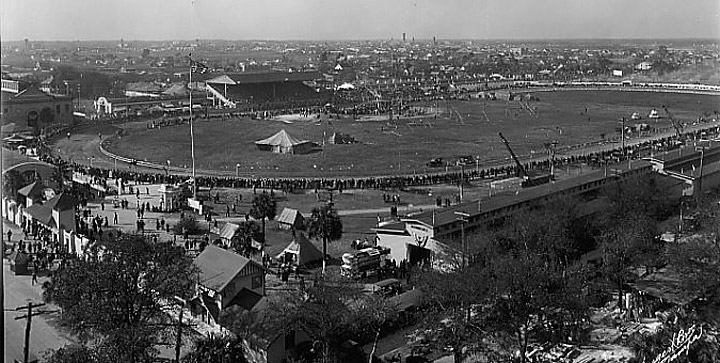
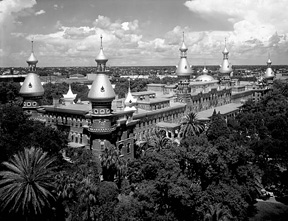
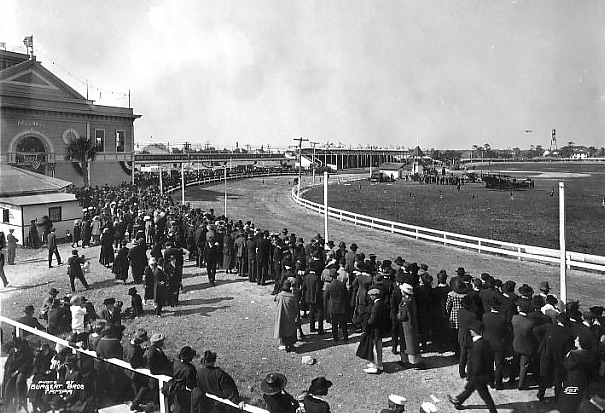
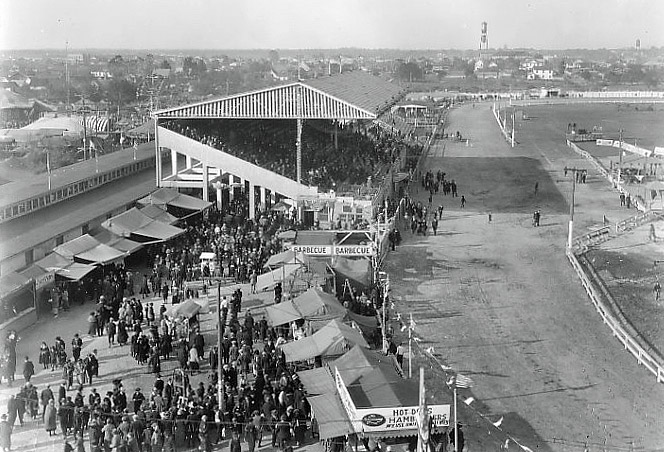
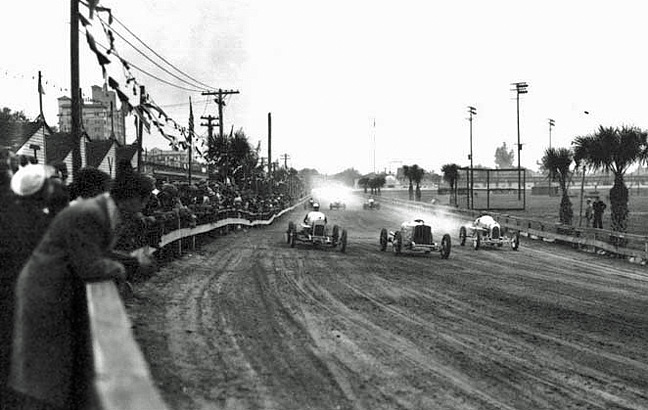
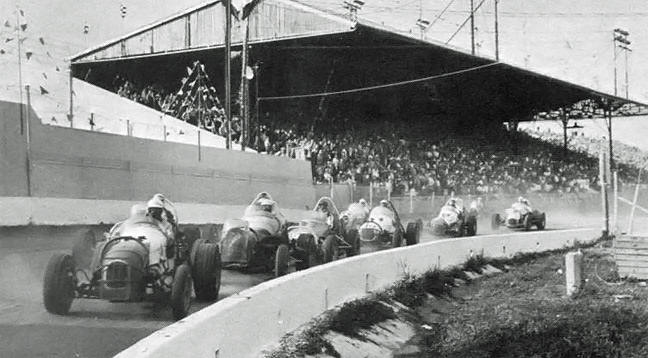
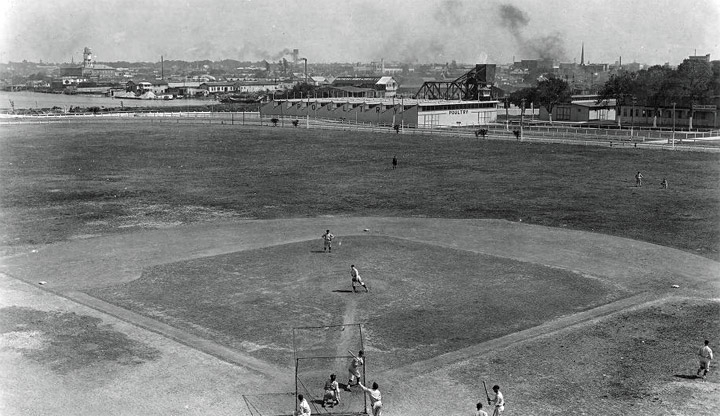
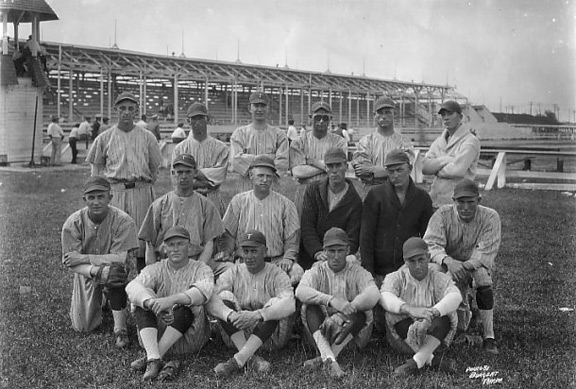
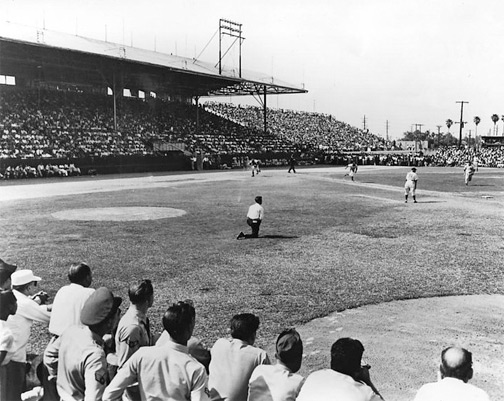
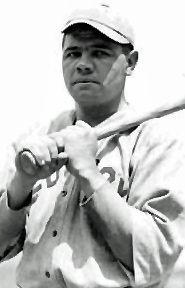 With
one
With
one
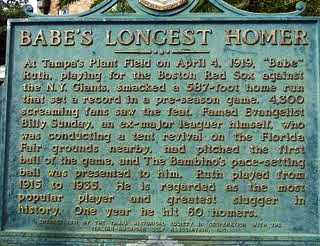
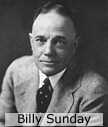 Spring
training games of the big leaguers. He also tossed the first ball
from the pitcher's box for
Spring
training games of the big leaguers. He also tossed the first ball
from the pitcher's box for
